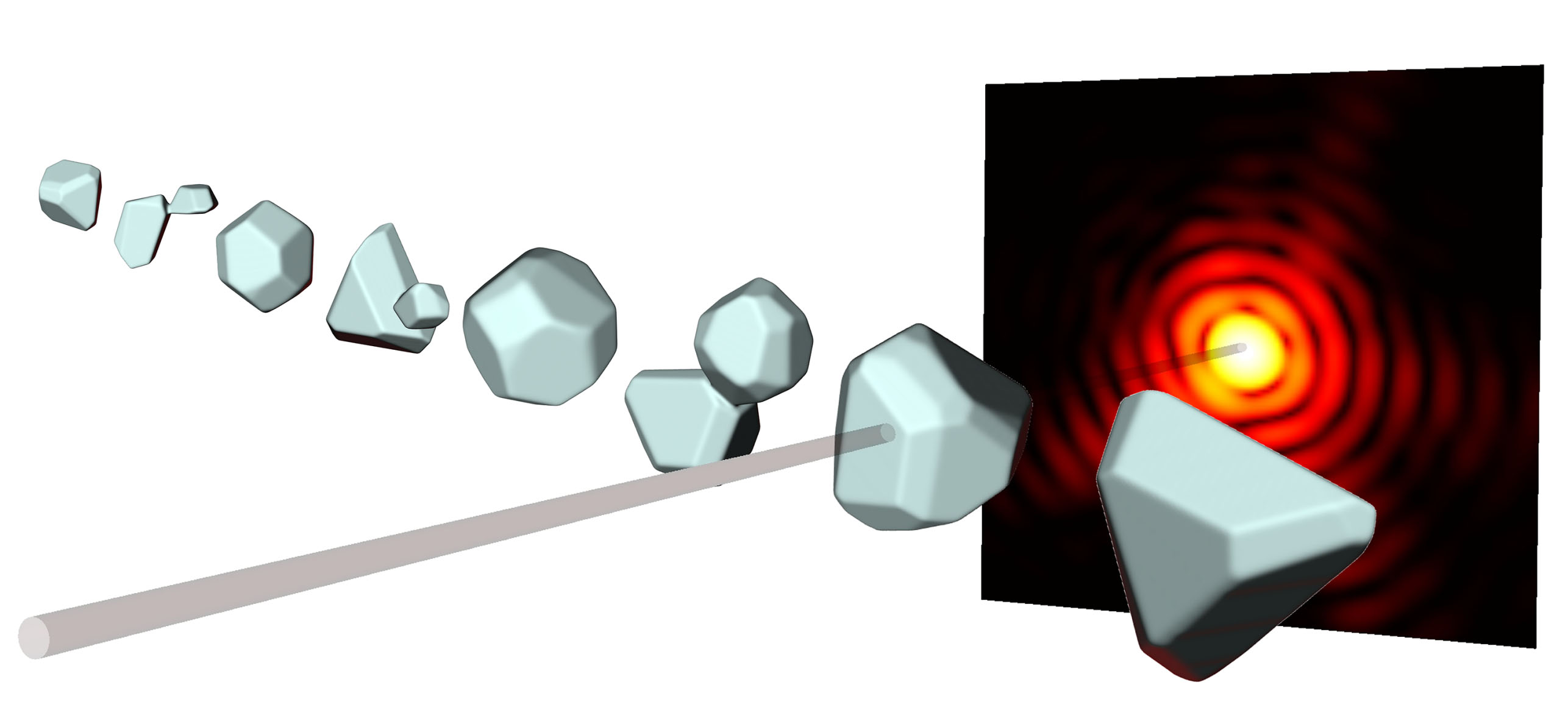2D-XRD (Two-Dimensional X-Ray Diffraction): Unlocking Material Secrets at the Nanoscale
What is 2D-XRD?
2D-XRD, or two-dimensional X-ray diffraction, is a powerful analytical technique used to study the atomic and molecular structure of crystalline materials at the nanoscale. It provides detailed information about the arrangement, orientation, and phase composition of atoms in a material by measuring the intensity and angular distribution of diffracted X-rays.

How Does 2D-XRD Work?
In a 2D-XRD experiment, a collimated beam of X-rays is directed onto a crystalline sample. The X-rays interact with the electrons in the atoms, causing them to scatter. When the scattered X-rays interfere constructively, they produce a diffraction pattern that is recorded by a 2D detector, such as an image plate or CCD camera.
The diffraction pattern contains a series of spots or rings, each corresponding to a specific set of crystal planes. The position, intensity, and shape of these features provide information about the crystal structure, lattice parameters, and strain or defects in the material. By analyzing the 2D diffraction pattern, researchers can determine the phase composition, orientation, and nanoscale structure of the sample.
Advantages of 2D-XRD
Compared to traditional one-dimensional XRD techniques, 2D-XRD offers several advantages:
- Increased Information Content: 2D-XRD patterns contain more information than 1D patterns, as they capture the full angular distribution of diffracted X-rays. This allows for a more detailed characterization of the material's structure, texture, and defects.
- Rapid Data Collection: With a 2D detector, a complete diffraction pattern can be obtained in a single exposure, making data collection much faster than point-by-point scanning in 1D XRD. This is particularly useful for time-resolved studies or high-throughput screening of materials.
- Texture and Orientation Analysis: 2D-XRD is highly sensitive to the preferred orientation (texture) of crystallites in a material. By analyzing the azimuthal distribution of diffraction spots, researchers can quantify the degree and direction of texture, which is important for understanding the anisotropic properties of materials.
- Strain and Defect Characterization: The shape and broadening of diffraction spots in a 2D pattern can reveal the presence of strain, dislocations, or other defects in the crystal lattice. This information is crucial for optimizing the performance of functional materials, such as semiconductors or energy storage devices.
Applications of 2D-XRD
2D-XRD finds applications in a wide range of fields, from materials science and nanotechnology to geology and pharmaceuticals. Some notable applications include:
Nanomaterials Characterization
2D-XRD is extensively used to study the structure and properties of nanomaterials, such as nanoparticles, nanowires, and thin films. It provides essential information about their crystallinity, phase purity, and size-dependent properties, which is crucial for developing advanced functional materials.
Semiconductor and Electronic Materials
In the semiconductor industry, 2D-XRD is used to characterize the epitaxial growth of thin films, assess the quality of single crystals, and investigate the strain and defects in device structures. This information is vital for optimizing the performance and reliability of electronic devices.
Pharmaceuticals and Biomaterials
2D-XRD plays a key role in the pharmaceutical industry for identifying and quantifying the crystalline phases in drug formulations. It is also used to study the structure and orientation of biomaterials, such as bone, teeth, and protein crystals, which is important for understanding their mechanical properties and biological functions.
Cultural Heritage and Archaeology
2D-XRD is a valuable tool for analyzing the composition and provenance of archaeological artifacts, such as ceramics, pigments, and minerals. It helps in understanding the manufacturing techniques and raw materials used by ancient civilizations and provides insights into their cultural and technological development.
Challenges and Future Perspectives
Despite its powerful capabilities, 2D-XRD also faces some challenges. One of the main limitations is the requirement for a highly collimated and intense X-ray beam, which often necessitates the use of synchrotron radiation facilities. The development of more compact and affordable laboratory-based 2D-XRD systems is an active area of research.
Another challenge is the complexity of data analysis, particularly for materials with low symmetry or multiple phases. Advanced computational methods, such as machine learning and data mining, are being developed to automate and streamline the interpretation of 2D diffraction patterns.
Future advancements in 2D-XRD are expected to focus on improving the spatial and temporal resolution of the technique, enabling the study of dynamic processes and heterogeneous materials at the nanoscale. The integration of 2D-XRD with other complementary techniques, such as spectroscopy and microscopy, will provide a more comprehensive understanding of the structure-property relationships in complex materials systems.
Further Reading
Powder Diffraction, Introduction to two-dimensional X-ray diffraction
Science, X-ray Diffraction in Two Dimensions
